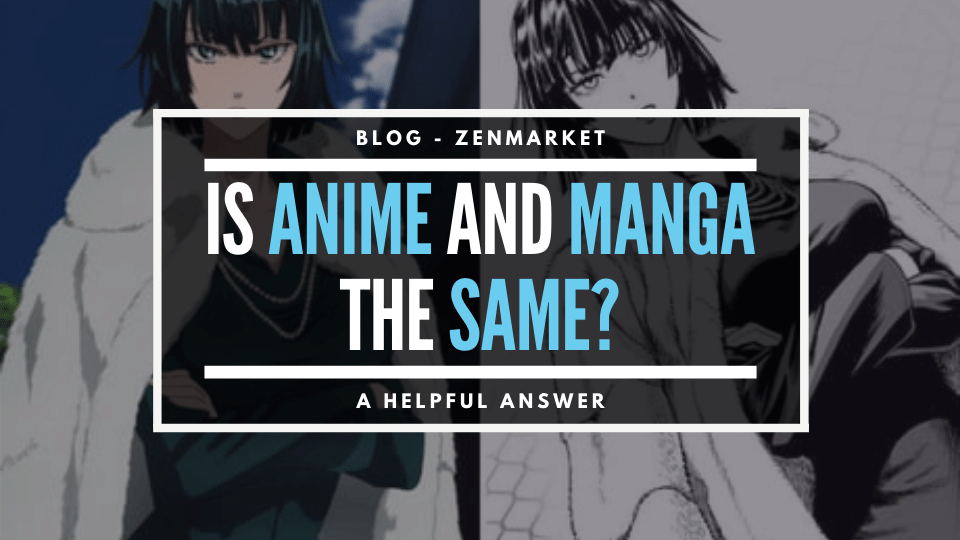20Shift: Your Daily Dose of Insight
Stay updated with the latest trends and news across various domains.
Why Anime Characters Can't Stop Shouting
Discover the wild reasons behind why anime characters always shout! You'll never look at your favorite shows the same way again!
The Psychology Behind Anime Characters' Intense Emotions
The world of anime is renowned for its intense emotions that resonate with viewers on multiple levels. This emotional depth often stems from the carefully constructed psychology behind each character. Creators delve into themes of love, loss, and identity, allowing characters to embody a spectrum of feelings that reflect real-life experiences. For instance, many protagonists face overwhelming challenges that evoke feelings of despair and hope, prompting viewers to form a deeper emotional connection. This psychological complexity not only enhances the narrative but also mirrors the audience's personal struggles and triumphs.
Furthermore, the use of visual storytelling techniques in anime amplifies these intense emotions. Techniques such as color symbolism, exaggerated facial expressions, and dramatic soundtracks work in tandem to evoke specific feelings and create a profound impact. For example, a character's sorrow might be intensified through a muted color palette, while joyful moments are often highlighted with vibrant hues. Such elements invite viewers to engage empathetically with the characters' journeys, allowing the emotional resonance to linger long after the episode ends. This intricate blend of psychology and artistic expression ultimately cultivates a rich emotional tapestry that is a hallmark of the anime genre.

Exploring the Cultural Significance of Shouting in Anime
Shouting in anime is not just a dramatic device; it serves as a profound expression of characters' emotions and cultural identities. In many Japanese narratives, such as shounen and shoujo genres, characters often resort to loud declarations as a way to embody their resolve, fears, or aspirations. For instance, iconic series like 'Naruto' and 'One Piece' showcase protagonists who shout not only to rally their comrades but also as a depiction of their inner struggles. This emphasis on vocal expression can be traced back to traditional Japanese theater, where heightened emotions were conveyed through exaggerated movements and vocal inflections.
The cultural significance of shouting in anime extends beyond character development; it also reflects broader societal values. In group-oriented cultures like Japan, individual expressions of determination or despair can resonate strongly within a community. For example, during critical moments, group shouts in anime can symbolize unity and collective spirit, reminiscent of traditional Japanese practices such as kiai in martial arts. This not only enhances the storytelling but also strengthens the audience's connection to cultural themes of perseverance and teamwork, making shouting an integral part of the anime experience.
Why Do Anime Characters Shout? A Deep Dive into Vocal Expression
The phenomenon of anime characters shouting is a captivating aspect of the medium that highlights vocal expression as a crucial storytelling tool. It goes beyond mere theatrics; often, these loud outbursts serve to convey intense emotions, whether it be rage, excitement, or fear. For instance, when a character yells during a climactic battle, it not only emphasizes the stakes of the moment but also connects the audience to the character’s emotional state. This dynamic technique enables viewers to engage more deeply with the narrative, establishing a visceral relationship between the audience and the characters.
Moreover, shouting in anime can be seen as a cultural reflection of communication styles within Japan. Unlike in many Western narratives where restraint may dominate, anime often embraces expressive vocalization as a means to strengthen personality traits. Characters who frequently shout may embody attributes such as bravery, determination, or even impetuousness. This can lead to memorable catchphrases or signature shout moments that resonate with fans, creating a lasting impact on pop culture. Ultimately, the act of shouting transcends simple dialogue; it is an integral part of how stories are told and experienced in anime.